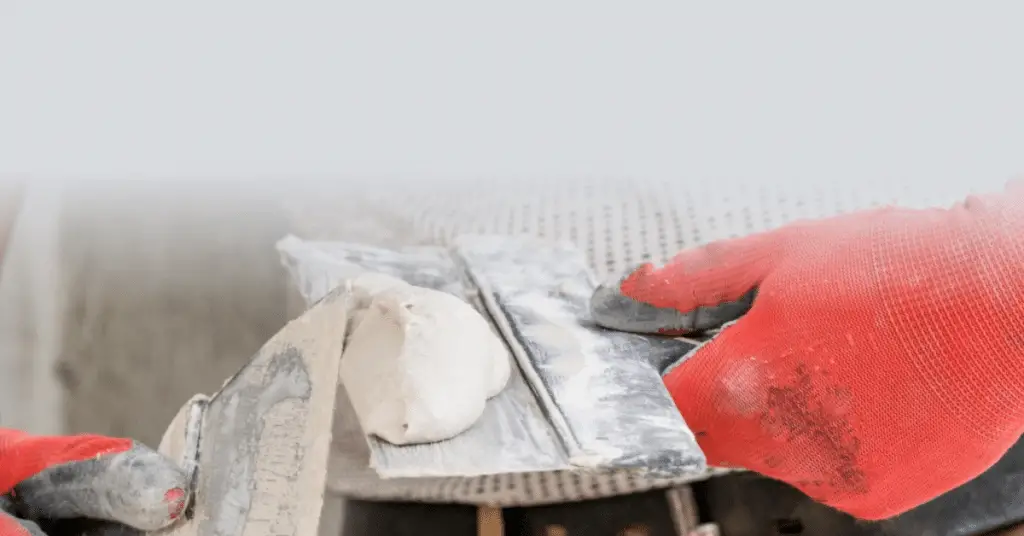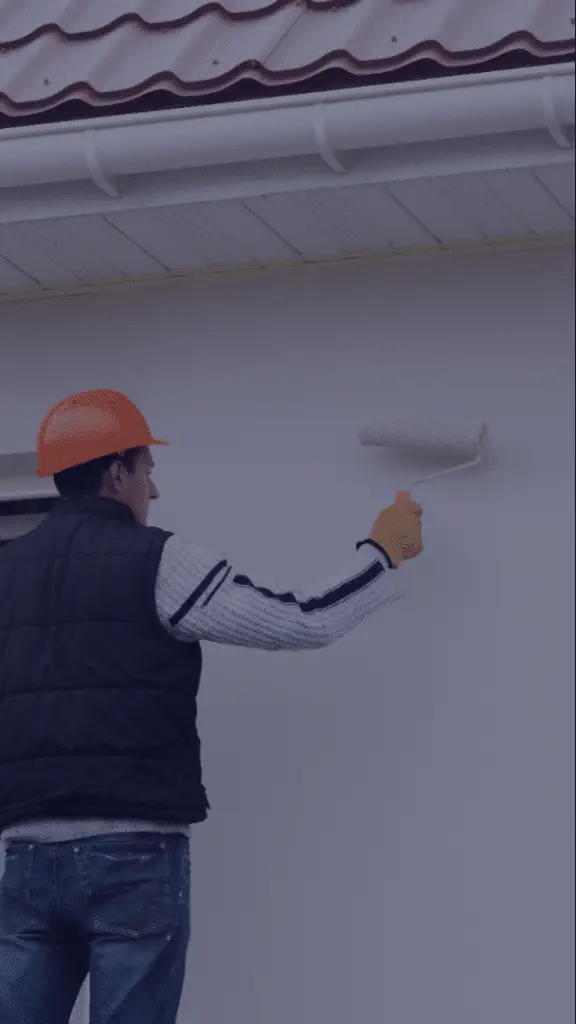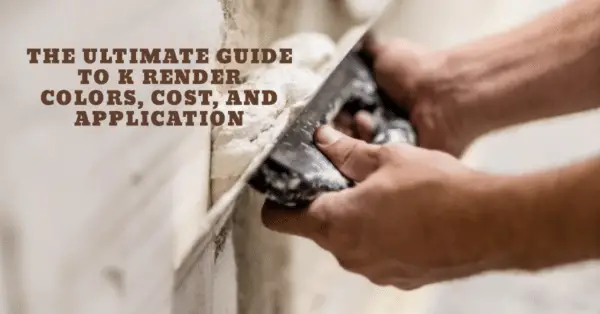K Render also known as K-rend or kay render, has gained significant attention in the construction and design industry due to its durability, flexibility, and visually appealing finishes.
When it comes to enhancing the aesthetics and protection of your building’s exterior, K render stands out as a versatile and popular choice.
In this comprehensive guide, we will delve into the world of render, addressing questions about its nature, application, colors, cost, and more.
What K Render?
K render, short for “K-rend,” is a specialized type of exterior rendering system that offers both functional and aesthetic benefits. It’s a cementitious render that consists of a mixture of sand, cement, and polymers.
This unique composition grants it flexibility, allowing it to expand and contract with the building’s movements, preventing cracks and ensuring long-lasting performance.
Its popularity is attributed to its weather-resistant properties and ability to provide a seamless finish.
K Rendering : Application and Colors

One of the remarkable features of K render is its versatility in application.
It can be applied to various substrates such as brick, blockwork, and concrete, making it suitable for both new constructions and renovation projects.
K-rend is available in a wide array of colors, offering a diverse palette to match any architectural style. From earthy tones to vibrant hues,
K render colours provide designers and homeowners with creative freedom to achieve their desired look.
Cost Considerations
The cost of K render can vary based on several factors, including the size of the project, the type of substrate, and the chosen finish.
Generally it is competitively priced considering its durability and aesthetic benefits.
Estimating the right amount of K-rend material needed for your project is essential for efficient budgeting and planning. To simplify this process, we are excited to introduce our K Render Calculator
While it might have a slightly higher upfront cost compared to traditional rendering methods, its long-term value in terms of reduced maintenance and enhanced curb appeal makes it a cost-effective investment.
Calculating Costs : K-Render Price per m2
The cost of K Render is often calculated per square meter (m2). The price can range depending on factors like location, project complexity, and chosen finish.
On average, the cost of K Rendering can range from £40 to £60 per square meter, including both material and labour.
It’s advisable to consult with professionals to obtain an accurate quote tailored to your project’s specifics.
K Render Paint
Can you paint K Render?
Yes you can paint K render, it offers an excellent surface for paint adherence, allowing you to change the colour as desired. Ensure the surface is clean and free from dust or debris before applying paint.
However, it’s crucial to follow proper guidelines when painting K rend.
What is the best paint for k render?
The best paint for K Render is silicone masonry paint, K Rend offer their own range of colour enhance product paints. Painting K Render with other paints may reduce the water repellency and breathability of the render
K render paint Colours
The K Rend colour enhance product range comes in the following colours.
- Pure White
- Limestone White
- Light Bronze
- Corn
- Linen
- Sky
- Sunflower
- Causeway
- Mint
- Antique White
- Mocha
- Golden
- Rosemary
- Granite
- Mink
- Pearl
- Ash White
- Wheaten
- Pistachio
- Biscuit
Additionally, opt for breathable and compatible paint products to prevent any compromise in the render’s breathability.
Painting Over K Render : Feasibility and Recommendations

Should you decide to change your building’s colour scheme or refresh the existing one, painting over K render is a feasible option.
However, just like the initial application, preparation is key. Ensure the surface is clean, free of loose material, and properly primed before applying paint.
Using a breathable paint designed for rendering systems will help maintain the render’s performance while achieving the desired colour transformation.
Conclusion
In the realm of exterior rendering solutions, K rendering stands tall as a dependable and visually appealing choice.
Its flexibility, durability, and range of colors make it a versatile option for enhancing the appearance and protection of buildings.
From understanding what K rendering is to exploring its application, colors, cost considerations, and painting possibilities, this guide has provided a comprehensive overview of this remarkable rendering system.
Whether you’re embarking on a new construction project or revamping an existing structure, K render offers a plethora of benefits that are well worth the investment.
Author Profile

- I have many qualifications and certificates in construction, such as City & Guilds, CPCS and CITB. These are the highest standards of training and competence in the industry. Whether you need help with plumbing, carpentry, bricklaying or any other trade, I’m here to help you succeed.
Latest entries
- March 6, 2024CalculatorsWall Tile Calculator: How Many Wall Tiles Do You Need
- February 29, 2024Roof Truss Cost Calculator
- December 31, 2023Wage Take Home Calculator
- December 30, 2023Day Rate Calculator

